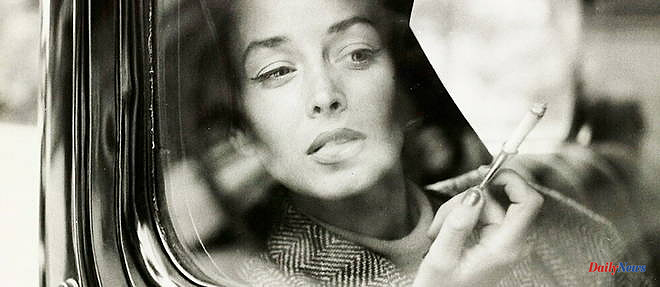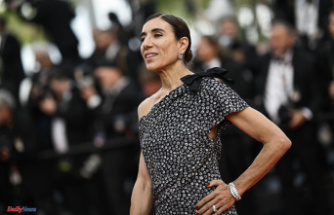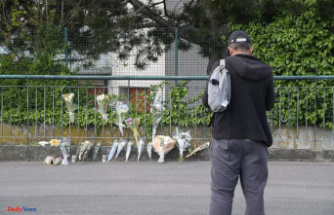From one icon to another! The power of images is also revealed at Palazzo Grassi. Under the title “Chronorama”, more than 400 photographs from the exceptional archives of the Condé Nast press group are revealed to the public on the walls of the Venetian palace. Another journey, with the greatest photographers of the last century as a guide, beginning in 1910, ending in 1979 and presenting only a tiny part of this set acquired in part by the Pinault Collection in 2021. Edward Steichen, Berenice Abbott, Cecil Beaton, Lee Miller, André Kertész, Horst P. Horst, Diane Arbus, Irving Penn or Helmut Newton… They are all part of the party and prove that journalism was once an art, and perhaps even a party.
It begins in painting with the covers of Vogue from 1916, 1917, 1918 and 1919, of flamboyant Art Deco elegance, with goddesses well in their time, airy and necessarily Fitzgeraldians, sketched by Helen Dryden or George Wolfe Plank. Then black and white takes over. The parade of artists and personalities captured by the lenses, known or to be rediscovered, is impressive. From James Joyce and his blindfold, by Berenice Abbott (1926), to Aldous Huxley as a dark young first who has not yet written Brave New World, by Charles Sheeler (1926), from Josephine Baker to dazzling smile and comma-haired, by George Hoyningen-Huene (1927), to the boyish Renée Sintenis, by Steffi Brandl (1929), which seems to have been seized today in a Parisian street. Hats off to Edward Steichen for his "Madame William à la cigarette" (1933) and to the lesser known Toni Frissell, who offers us a splendid immersion of a fully dressed model under the eyes of a diver in the dolphin pool of the Miami Marineland (1939).
A fingerprint. The huge stars (icons?) are there - Lauren Bacall, Katharine Hepburn, Marlene Dietrich, to be revered very seriously - but the fantasy is not excluded thanks to Margaret Bourke-White, immortalizing on the roofs of New York from mischievous players of deck-tennis, a sport born on the decks of ocean liners which deserves to be brought back into fashion (1931), up to the very feminist surrealism of Horst P. Horst featuring a Lilliputian white male in tailcoats imploring the clemency of the four young girls dressed for the ball who are about to pin him with a long needle (1948). But we should not forget the din of History, which also roars in these prints, with the boys of Doisneau caught on the barricades (1944), or the ravaged face of a woman shaved at the Liberation who bites her lip under the lens of Lee Miller (1944)… Also, the exhibition, chronological, is also, in the words of its curator, Matthieu Humery, “an invitation to introspection”, because “we are often not only faced with an image, but also to an imprint that carries its experience, like our skin, which tirelessly bears the traces of our own history. »
« Chronorama. Photographic Treasures of the 20th Century”, Palazzo Grassi, Venice. Until January 7, 2024. Catalogue: 432 pages, €75 (La Martinière).
Condé Nast/SP/pinault collection (x3)












